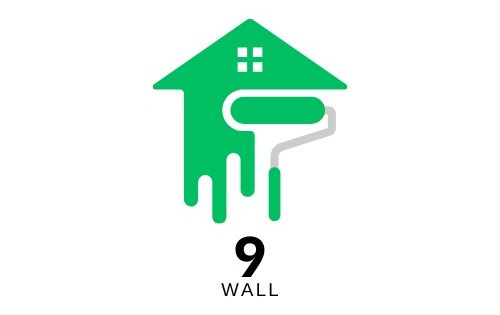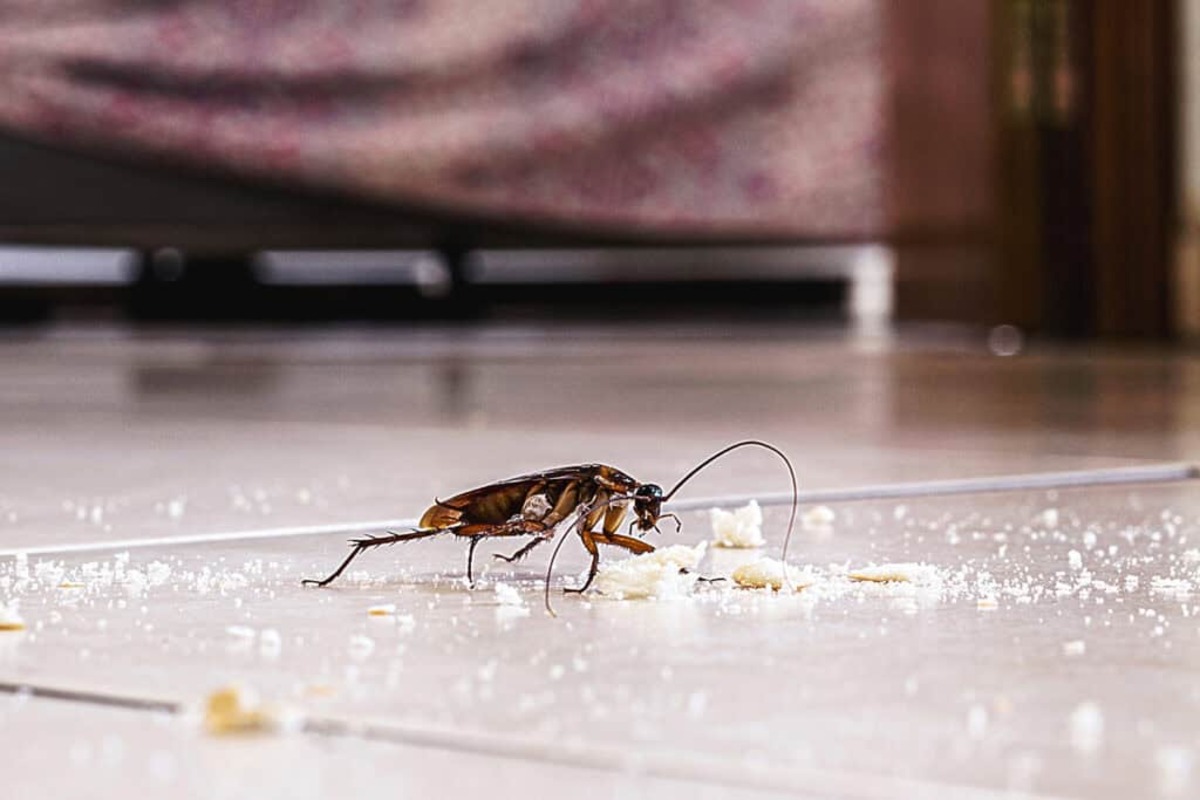Table of Contents
- Understanding the Threat and Signs of Infestation
- Identifying Signs of Pest Presence
- Common Places Where Pests Live
- Environmental Changes Attracting Pests
- Preventive Measures and Regular Inspections
- Tools and Technology for Pest Detection
- DIY vs Professional Pest Control
- Research and Continuous Education
Understanding the Threat and Signs of Infestation
Household pests such as ants, cockroaches, and rodents are more than just unsightly nuisances. They can pose significant threats to health by carrying diseases and harming property by chewing through wires and structures. An infestation can start small but spread rapidly, rendering homes uncomfortable and unsafe. This is why early detection through careful observation is crucial. Recognizing the initial signs of an infestation allows homeowners to take swift action before a minor problem transforms into a costly challenge. Consistent vigilance, paired with effective strategies, is key in the battle against pests. Utilizing professional pest control services can bolster defenses by providing expert insight and intervention where needed.
Becoming adept at early detection involves noticing small, sometimes subtle signs. This may include spotting unusual specks of dirt near pantry areas – which could be ant trails or fecal droppings – hearing scratches within walls or detecting new, unpleasant odors. Such indicators shouldn’t be overlooked as they often signify a developing infestation. By promptly addressing these clues, homeowners can prevent pests from establishing a foothold in their living spaces, saving time, stress, and money in the long run.
Identifying Signs of Pest Presence
Identifying the presence of pests involves paying attention to visual cues scattered throughout the home. Droppings, for instance, are one of the most evident signs. Different pests leave different types of droppings; understanding these variations can greatly aid in detection. Mice droppings are small and pellet-like, while cockroach droppings might look similar to ground pepper. Finding nests, whether it’s the paper-like nests of wasps or cottony spider webs, can also signal pest activity. Meanwhile, gnawed furniture, baseboards, or food packaging suggest the presence of rodents. Sounds, such as scratching or rustling, particularly at night, can point to pests like rodents and various insects nesting within walls or ceilings, often heard during their peak activity times.
Common Places Where Pests Live
Pests are experts at capitalizing on the unseen or rarely disturbed areas of a home. These include attics, basements, and the back of kitchen cabinets – places that provide shelter and access to food. Kitchens, rich with pantry goodies and leftovers, lure pests like ants and cockroaches. Crumbs left on the floor or spills not promptly cleaned can soon become a pest’s feast. Basements, often darker and damper than other parts of a home, are perfect for pests like spiders and even rodents seeking refuge. Attics, generally not frequented by inhabitants, provide the quiet and isolation necessary for nesting. Regularly inspecting these hotspots, especially if they show signs of pests, is critical in effective pest management.
Environmental Changes Attracting Pests
Environmental changes play a pivotal role in pest behavior and habitation choices. Weather fluctuations, particularly, have a significant impact. For example, as temperatures drop, rodents will often seek the warmth of indoor spaces. Similarly, rainy weather can drive ants and cockroaches indoors as they escape flood conditions. Seasonal shifts do not just affect human routines; they influence pest movement and infestation rates as well. The insights provided by comprehensive resources such as National Geographic underscore the importance of understanding these seasonal behaviors to effectively strategize pest management plans.
Preventive Measures and Regular Inspections
Implementing preventive measures is essential for keeping pests at bay. One straightforward method is sealing cracks and entry points in the home’s exterior, preventing pests from entering the household sanctuary. Regular maintenance and hygiene play a critical role. This includes promptly cleaning up spills, storing food in airtight containers, and ensuring garbage is tightly sealed. Additionally, arranging regular inspections with pest control professionals allows for early detection and efficient management of any potential pest issues. Their trained eyes can catch what might be overlooked by ordinary homeowners, ensuring peace of mind and protection against infestations.
Tools and Technology for Pest Detection
Modern technology has introduced innovative tools for pest detection, transforming how we handle potential pest issues. Electronic devices, like ultrasonic pest repellers, offer a deterrent solution without the need for chemicals. Smart traps, which notify you of activity, allow you to monitor pest situations remotely. Furthermore, apps designed for insect identification can allow users to quickly discern whether they’re dealing with a harmless bug or one that needs attention. This integration of technology provides homeowners with new avenues to ensure their living spaces remain safe and pest-free.
DIY vs Professional Pest Control
Choosing between do-it-yourself pest control and hiring professionals can depend on multiple factors, including the severity of the infestation and the homeowner’s comfort level with the methods involved. DIY solutions, such as natural repellents or over-the-counter products, might be effective for minor sightings. However, severe or persistent cases often require more than domestic remedies, and that’s where professional help becomes beneficial. Pest control experts offer not just treatments but comprehensive care plans to prevent future problems, ensuring a holistic approach to what can otherwise be a recurring issue.
Research and Continuous Education
Staying informed and educated about pest control methodologies enhances one’s ability to effectively manage and prevent infestations. The landscape of pest control is continually evolving with new research, offering novel insights and approaches. Trusted sources like BBC News provide updates on the latest innovations and research findings in pest control, delivering valuable knowledge that empowers homeowners and ensures they are prepared to counteract any pest-related challenges effectively.






